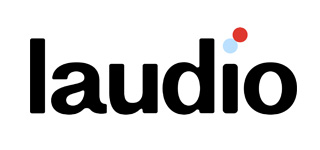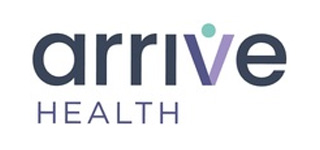According to a new survey, providers want price transparency tools at the point-of-care, but many do not trust the data they are seeing… and for good reason.
As price transparency mandates gain traction and go into effect, health systems must work to bring patient coverage data to their electronic health records (EHR). Fortunately, Real-Time Prescription Benefit (RTPB) solutions are purpose-built to meet this need and are becoming more popular across the country. These tools bring prescription coverage information to EHR workflows, allowing providers to have informed conversations with their patients about the cost of medications – before they reach the pharmacy.
In order to more deeply understand the provider perspective, RxRevu commissioned a survey of ambulatory practice providers to look at their current use of prescription decision support tools, what information they want at the point-of-care, and how they would benefit from having best-in-class RTPB solutions.
Not surprisingly, 88% of those surveyed want pricing information at the point-of-care in order to discuss affordable medication options and alternatives with their patients. But it isn’t enough to simply have access to pricing information, since having unreliable data can prevent productive conversations from taking place. Astonishingly, only 11% of providers surveyed find their EHR’s prescription decision-making tools to be helpful, and more than two-thirds (77%) responded that they must change, manage, or resend a prescription order more than a quarter of the time.
As one provider noted, “having [accurate] information would limit the number of follow-ups where a person abandons a prescription.” Effective RTPB tools can help care teams avoid downstream work like pharmacy callbacks and prior authorization clearance, since providers can easily discuss medication options that are covered by insurance and likely more affordable.
The lack of patient-specific data at the point-of-care (and flags that alert providers of coverage restrictions) causes frustration and limits productivity. As one provider explains, “access to health plan formularies is not enough. Each health insurer has multiple plans, a source of confusion for providers trying to stay up-to-date on ever-changing guidelines.”
Most importantly, by displaying accurate information at the point-of-care, RTPB tools can create a better overall care experience and reduce the cost a patient will pay for their medication. When it comes to picking up a medication, knowing the cost – and knowing that the medication selected is the lowest-cost option – helps patients avoid sticker shock and adhere to their treatment regimen.
While many RTPB vendors bring obsolete or aggregate data to the EHR, RxRevu has focused its efforts on making a more accurate, intelligent RTPB solution. By working closely with health systems, PBMs, and EHR vendors, RxRevu has developed a solution that providers can trust. With direct connections to PBM data sources, pricing information displayed at the point-of-care is not only patient-specific, but it takes into consideration copay, deductible, and coverage status, while displaying the price a patient will pay at their preferred pharmacy. RxRevu can also fill coverage gaps left by other RTPB vendors, improving the provider experience and reducing friction throughout the prescribing process.
One might think that turning on Real-Time Prescription Benefit would be a heavy lift for health system IT teams. However, RxRevu has made it simple for organizations to appeal to providers, who overwhelmingly ask for coverage information so they can better meet the clinical and financial needs of their patients. By deploying RTPB directly within EHRs, teams can quickly turn on and use RxRevu’s fully-integrated cost transparency solution.
Survey results show that some providers lack the tools necessary to discuss medication pricing at the point-of-care, but most are simply looking for better information to improve patient conversations and adherence, while reducing medication costs. Download the full whitepaper to learn more about the current state of prescription decision support technology, what data providers want at the point-of-care, and how best-in-class RTPB tools can greatly improve the prescribing workflow.



